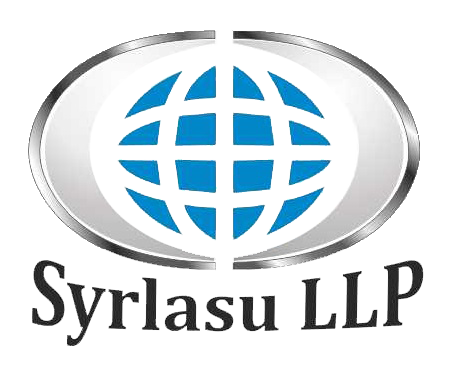1) Radiographic testing of welded joints
Radiographic testing is based on the dependence of the x-ray (gamma) radiation intensity, transmitted through the tested item, from the absorber material and its thickness. If the tested item has defects, the emission is absorbed unevenly and, registering its distribution at the output, it is possible to judge the internal structure of the item tested.
Radiographic testing is used to detect cracks, incomplete penetration, porosity, foreign inclusions (tungsten, slag) in welded joints, as well as to identify inaccessible for external inspection undercuts, convexity and concavities of the root, excessive penetration.


